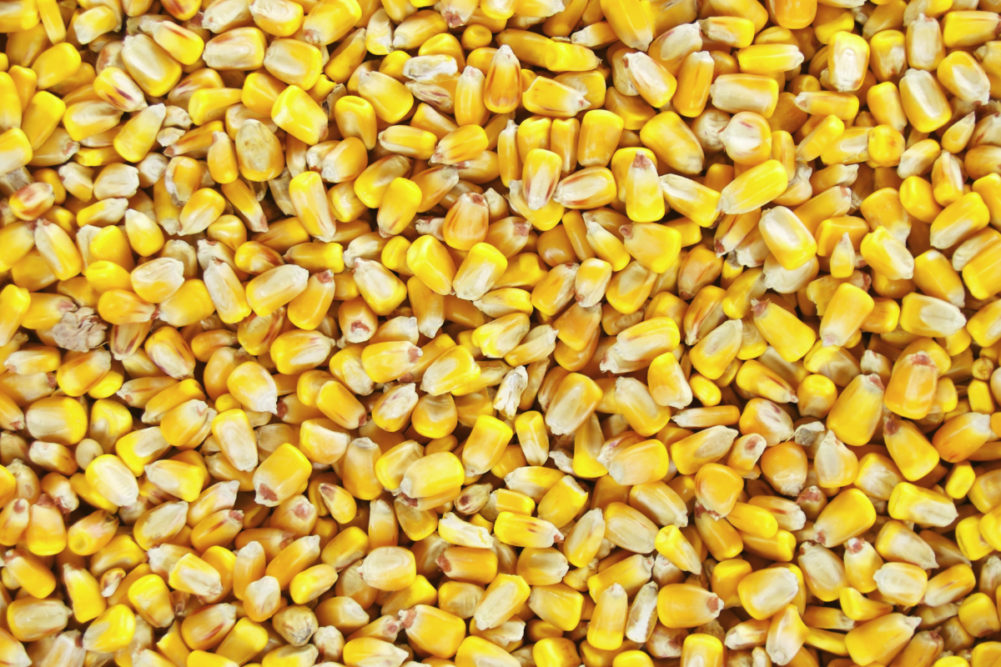WASHINGTON, DC, US — The US Grains Council (USGC) has released a handbook for new and evolving high-protein corn co-products produced by the ethanol industry in the United States that updates international customers on the nutritional profiles of these products and their applications in animal feed.
The handbook articulates the differences between traditional distiller’s dried grains with solubles (DDGS) and newer, higher-protein corn co-products. It is a supplement to the USGC’s current series of DDGS user handbooks, which have been available for US DDGS importers around the world since 2007.
“Considering the increasing popularity and usages of US DDGS, plus the new high-value corn co-products now entering the market, we believe this handbook will help buyers and end users stay informed on these high-quality feed ingredients,” said Kurt Shultz, senior director of global strategies for the USGC. “The council has a robust catalog of information about US corn co-products that will help international producers incorporate them into their animal rations.”
The new guide was written by Dr. Jerry Shurson, a professor of animal nutrition at the University of Minnesota. Shurson also authored all four editions of the USGC’s standard DDGS handbook, providing an extensive library of information about US feed product options.
Contents of the handbook include chapters explaining the nutritional composition of high-protein corn co-products and details about feeding applications for a wide variety of animals, as well as in aquaculture diets. A chapter also is dedicated to wet and dried corn fiber/bran and solubles (CBS), de-oiled DDGS, and corn distillers oil (CDO) to give buyers and end-users even more information about the latest developments in US corn co-products.
“In periods of higher global grain prices, US corn co-products are one tool to lower feed costs,” Shultz said. “There are many excellent alternative feed ingredients produced by the US ethanol industry. When included in properly formulated feeds, it results in outstanding animal health, performance and feed product quality.”






